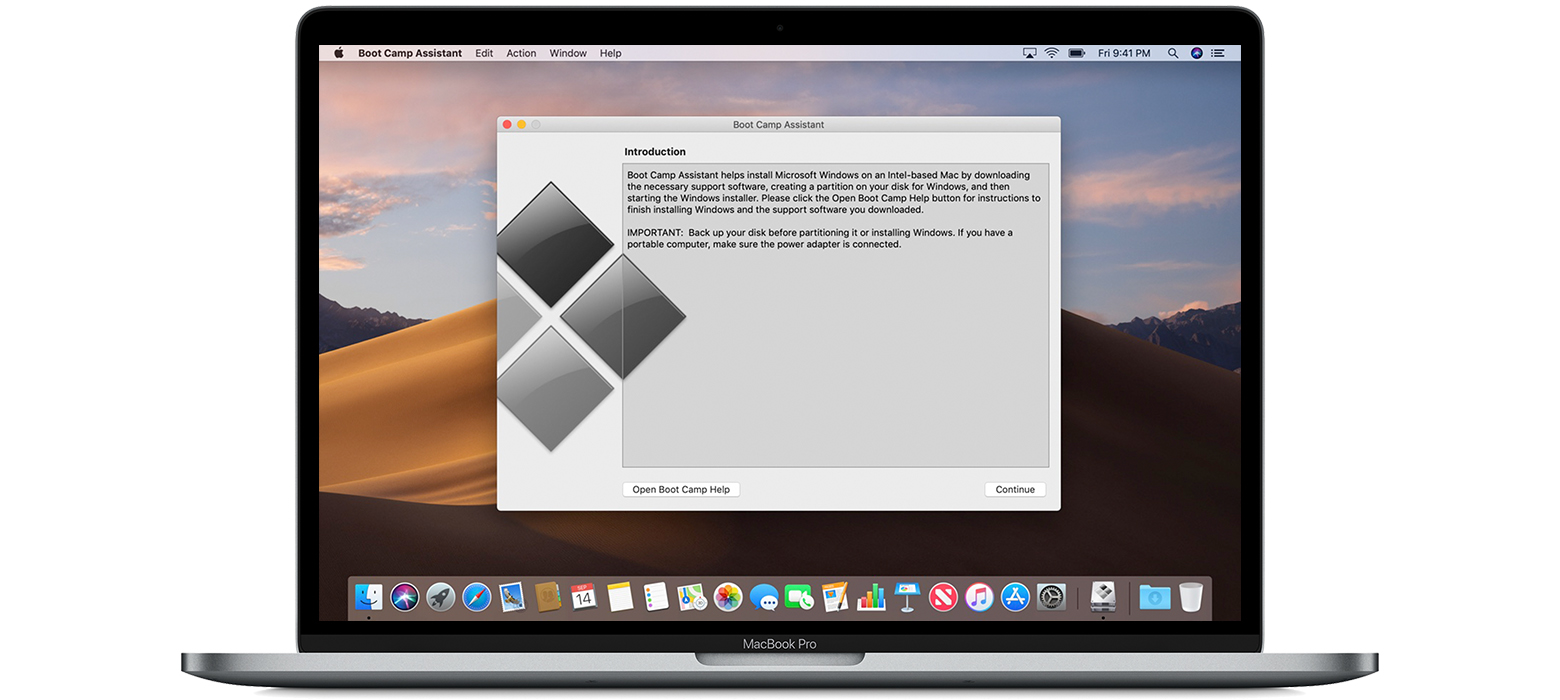Meeting the requirements for Windows 10. Before you can even try fixing the issue, you have to.
- Before you install Windows 10, it’s a good idea to save any work and back up your PC before you start. If you used the media creation tool to download an ISO file for Windows 10, you’ll need to burn it to a DVD before following these steps. Attach the USB flash drive or insert the DVD on the PC where you want to install Windows 10.
- Install Unsigned Drivers from Advanced Boot Menu The easiest way to install unsigned drivers is to use the Windows 10 Advanced Boot menu. To do that, press “Win + X,” navigate to “Shutdown” and then “Shift + Left Click” on the “Restart” option. The above action will restart your system and will take you to the Advanced Boot menu.
- In the above example, we added drivers to the Install.wim image file. This is the Windows image that will be deployed to a computer local disk. If you need to add drivers to a Windows boot image (from which the computer boots when you install Windows), you need to add drivers to the Boot.wim file. This is usually necessary when installing.

Screen recorder on mac os. I am trying to create a Windows 10 installation media for my Dell XPS 9550 PC. I prefer to install clean windows 10 installation than Dell’s windows 10 images. Though I used my dell laptop, most of the steps are common for all drivers.
Install Windows 10 Free Upgrade
- Get a clean Windows 10 media (This step can be ignored if you already have windows 10 install USB)
- Download and run media creation tool from below link
- Follow the images to create windows installation media
Get a clean Windows 10 media (This step can be ignored if you already have windows 10 install USB)
- Download the drivers that you are planned to add. In my case I am adding wifi driver to my installation media. Download and extract contents from manufacture sites, my case it looks like below
- Convert install.esd to install.wim and add drivers to install.wim file
- Run Command Prompt as administrator
- excute following commands
dism /Get-Wiminfo /Wimfile:f:/sources/install.esd(f: is my windows media usb drive)- If the above command is okay, you will see something like this
dism /export-image /SourceImageFile:f:/sources/install.esd /SourceIndex:1 /DestinationImageFile:install.wim /Compress:max /CheckIntegrity- In the above command, my windows version is pro so I chose “1” for SourceIndex (Refer step 1 output to chose the right index). Above command take few minutes to create wim file, if successful, it screen looks like below
Dism /mount-wim /wimfile:install.wim /index:1 /mountdir:e:mount(where e:mount is a empty folder in my local drive)dism /image:'e:mount' /add-driver /driver:'E:driverswifiDriversWinThreshWLx64bcmwdidhdpcie.inf'dism /unmount-wim /Mountdir:e:mount /commit
- Delete install.esd file from “sources” folder in installation media and replace that with install.wim file.
- Done. Now we are good to proceed with installation

Drivers Needed To Install Windows 10

Auto Install Drivers Windows 10
Warning : Make sure you have another backup disk/media in case if installation fails